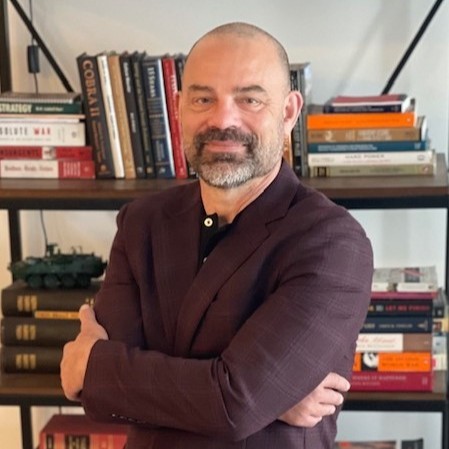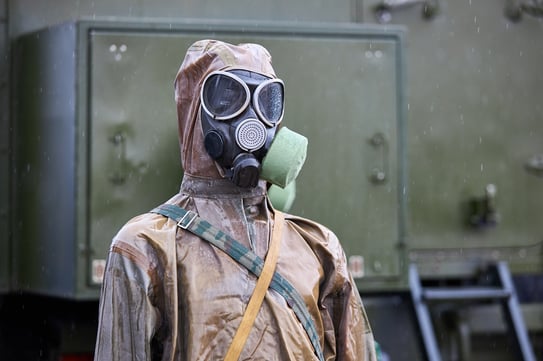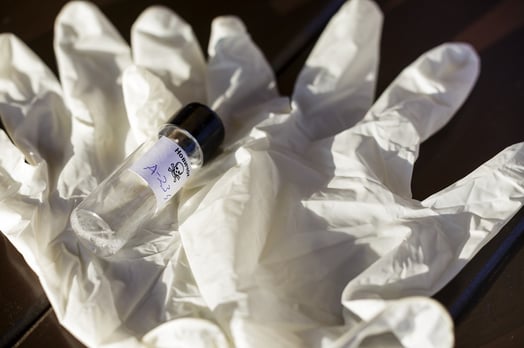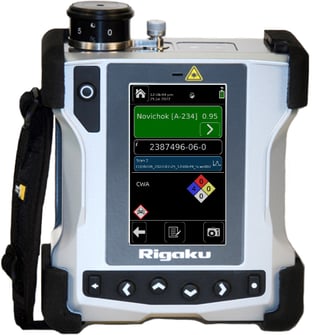Novichok Represents More than a New Class of Chemical Agents

What are your options when the first international treaty - the Chemical Weapons Convention (CWC) - prohibits chemical warfare agents, and has the momentum to achieve approval in the halls of the United Nations? Create a NEW family of agents skirting the CWC!
What is Novichok?
Welcome to the fourth generation of chemical warfare and the Novichok family of agents. Novichok, or ‘newcomer’ / ‘newbie’, is a product of Russian chemistry representing the most lethal family of at least 7 agents; substance-33, A-230, A-232, A-234, Novichok-5, Novichok-7, and Novichok-# (no designator). They represent solid, liquid, persistent, non-persistent, and dusty agent capabilities.

The Implementation of Novichok
Timeline
1980 Ad Hoc Working group on chemical weapons is established
1980’ s Russian research to develop Novichok
1984 USA presents the framework for a Chemical Weapons Convention Treaty
1993 CWC signed by 130 countries in Paris
1997 CWC enters into force
2018 Assassination attempt using Novichok
2019 CWC amended to include Novichok agents
Novichok represents more than a new class of chemical agents. It showcases both treaty vulnerabilities and the nefarious opportunities of chemistry.
The use of Handheld Raman Spectroscopy for Novichok Identification
Raman spectroscopy provides the unique analytical benefit of identifying unknown chemicals through packaging, keeping the user safe from the risk of exposure. This is critical, as Novichok agents are extremely dangerous to handle and can be debilitating when inhaled, absorbed, or ingested.
The Rigaku ResQ CQL handheld Raman analyzer provides presumptive ID in a backpack for Novichok and over 12,000 other agents, explosives, pharmaceuticals, and precursor chemicals. When military forces are concerned with potential unknown weaponized chemicals, they can now receive a result in the field in less than one minute.
Reference
Chai, P. R., Hayes, B. D., Erickson, T. B., & Boyer, E. W. (2018). Novichok agents: a historical, current, and toxicological perspective. Toxicol Commun, 2(1), 45-48. https://doi.org/10.1080/24734306.2018.1475151



